Nikon D750 Warning! DO NOT EVER consider a Grey Market D750 at ANY price because....
Nikon D750 Warning! DO NOT EVER consider a Grey Market D750 at ANY price because….
Indeed the best practice is to never delete images from the card, period; store stuff into your card, low-level format card, store stuff into your card, low-level format card, etc: never delete anything in camera. On flash memory, if you delete stuff, you have to reset the bits, otherwise it will take more time to write again, and corruption errors may arise; deleting images (in camera, or in computer) does not reset the bits; low-level format does. The fact is, an erase of a file does only a little less actual re-writing than a whole quick format. So it's far better, at least in theory, to copy out your files, then reformat, than it is to individually delete them. Sandisk- “Formatting helps clear the card of extraneous issues from standard use. Erasing images just tells your camera that it’s okay to write over the images already on your card. So you will not actually remove images, but just take images over the existing ones. This always leaves ‘traces’ of data on the card. By formatting it you actually remove the images before taking new ones. So you will start of with a fresh data free card. Refrain from formatting cards anywhere but the camera”. Backfilling is shooting new photos in the place of deleted ones. The problem is the new photos will try to fill digital “holes” left by the deleted pictures, which can cause serious file problems. There is NEVER EVER a call to delete photos in-camera from any SD or CF, XQD card, ever.
https://www.youtube.com/watch?v=j0BzD5cotoM&t=0s
IF YOU LIKE THESE VIDEOS, YOU CAN MAKE A NICE DONATION OF $2 OR $5 VIA PAYPAL TO EMAIL: [email protected]
Indeed the best practice is to never delete images from the card, period; store stuff into your card, low-level format card, store stuff into your card, low-level format card, etc: never delete anything in camera. On flash memory, if you delete stuff, you have to reset the bits, otherwise it will take more time to write again, and corruption errors may arise; deleting images (in camera, or in computer) does not reset the bits; low-level format does. The fact is, an erase of a file does only a little less actual re-writing than a whole quick format. So it's far better, at least in theory, to copy out your files, then reformat, than it is to individually delete them. Sandisk- “Formatting helps clear the card of extraneous issues from standard use. Erasing images just tells your camera that it’s okay to write over the images already on your card. So you will not actually remove images, but just take images over the existing ones. This always leaves ‘traces’ of data on the card. By formatting it you actually remove the images before taking new ones. So you will start of with a fresh data free card. Refrain from formatting cards anywhere but the camera”. Backfilling is shooting new photos in the place of deleted ones. The problem is the new photos will try to fill digital “holes” left by the deleted pictures, which can cause serious file problems. There is NEVER EVER a call to delete photos in-camera from any SD or CF, XQD card, ever.
https://www.youtube.com/watch?v=j0BzD5cotoM&t=0s
IF YOU LIKE THESE VIDEOS, YOU CAN MAKE A NICE DONATION OF $2 OR $5 VIA PAYPAL TO EMAIL: [email protected]


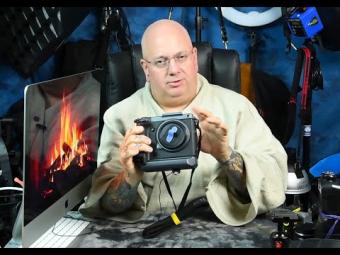

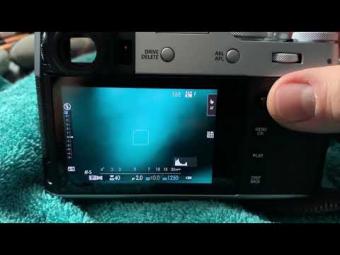
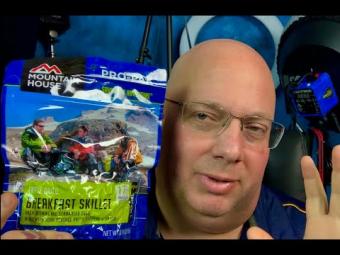

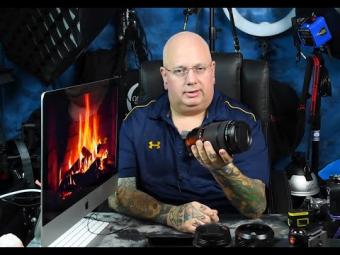
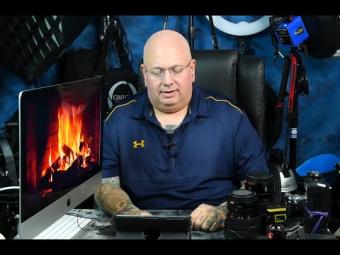
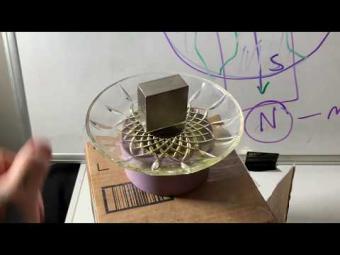
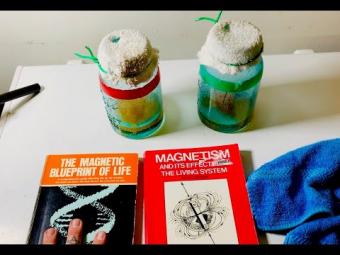
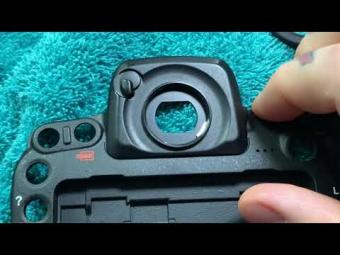
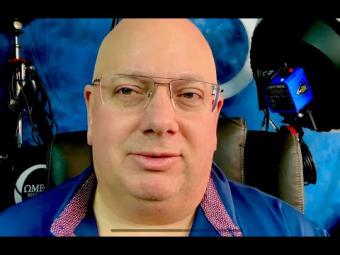
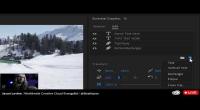




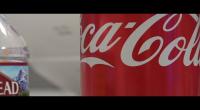
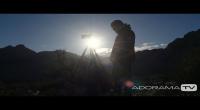


YORUMLAR